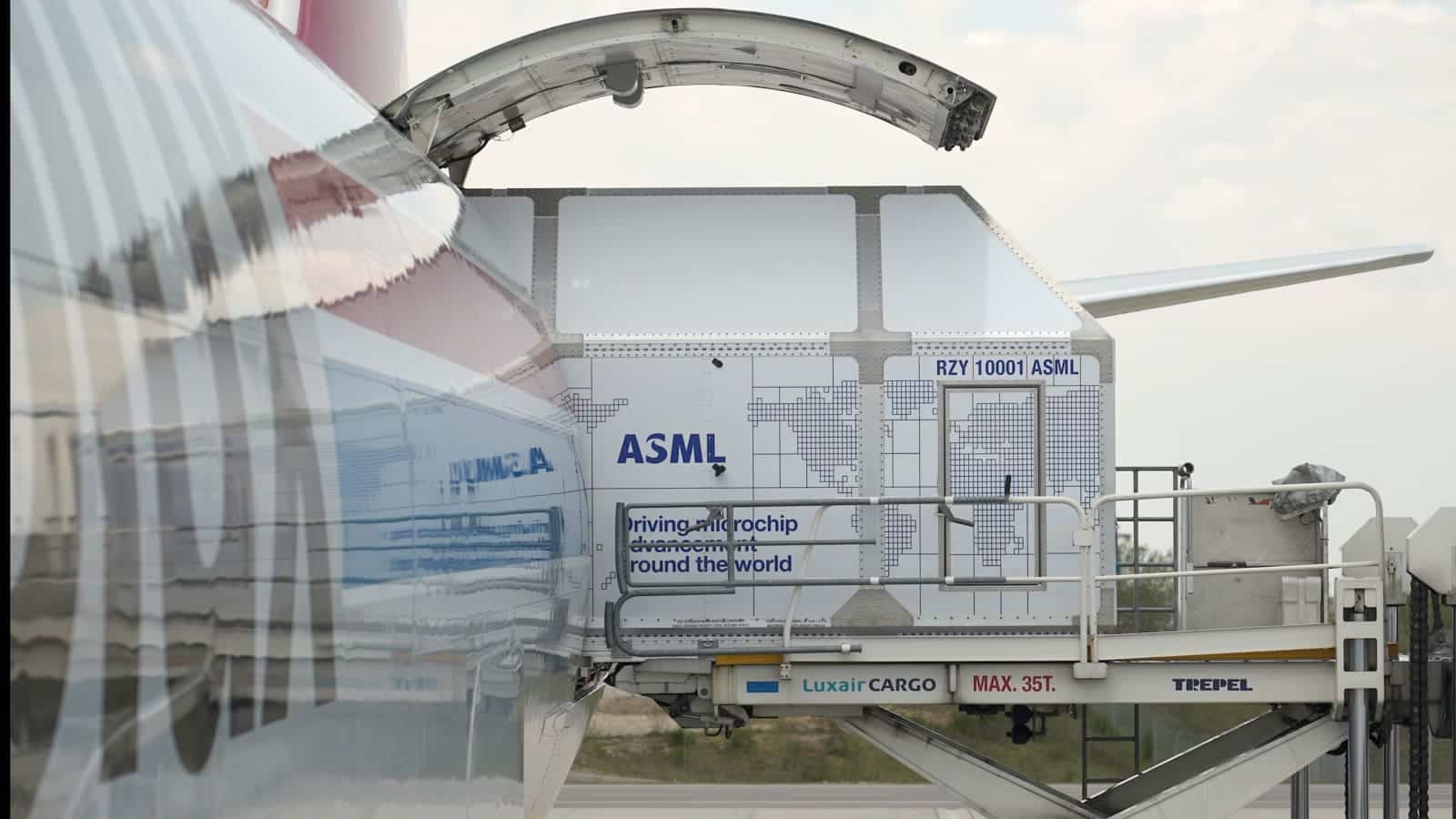The most strategic tech company in Europe moves the relocation of its first workers to 2028 at its new campus in Brainport. The mega project, the size of 50 football fields, promises to revolutionize the region… and raises urban, social, and energy tensions.
The Dutch company ASML, the only one in the world capable of manufacturing the essential EUV machines for producing advanced chips, has announced that it will accelerate the relocation of employees to its new campus in Eindhoven, within the Brainport Industries Campus area, to 2028. This news represents a significant acceleration compared to the initial schedule—previously anticipated “around 2030”—and places the semiconductor giant at the center of the debate on the economic and urban development model of the Netherlands.
An “excessive” campus by Dutch standards
The new ASML facility, with 357,000 square meters of built area, equivalent to 50 football fields, has been described by local media as “un-Dutchly large.” The complex will be located between Eindhoven Airport and the A2 highway, crossed by the Ekkersrijt River, and will include two large-capacity parking lots and over 4,200 bicycle parking spaces.
The Dutch government allocated €1.7 billion in 2024 to facilitate the project, considering it of national importance. However, not everything is resolved: there are still hurdles such as the overload of the national electrical grid, legal limits on nitrogen emissions, and land acquisition—the remaining 20% requires negotiation, as 80% belongs to Philips.
The pressure of an industry that cannot wait
ASML’s urgency is not coincidental. The major chip foundries in the world—TSMC, Intel, Samsung—are struggling to meet global demand for advanced semiconductors. The EUV machines produced by ASML are essential for making 3nm or smaller chips, and current production is insufficient.
The expansion of the campus will not only alleviate this industrial bottleneck but also consolidate European leadership in a critical sector largely dominated by Asia and the United States. It is no coincidence that the European Union has declared ASML a strategic asset under the European Chips Act.
Local impact: prosperity and social tensions
The new campus is expected to house up to 20,000 new employees. Many will be highly qualified technical profiles and engineers, most of whom will come from abroad. This, however, is already generating tensions in the city of Eindhoven, as several residents have reported to local media.
In traditionally Dutch neighborhoods, the proportion of expatriates has risen from 5% to 90% in some companies in just a decade, radically changing the cultural and linguistic dynamics. English has become the dominant language in services, commerce, and healthcare, leading to a loss of social cohesion, according to residents.
Additionally, the pressure on the housing market is alarming: local families cannot compete with the high salaries of expatriate talent. Many report that it has become almost impossible to find affordable housing near Eindhoven. Even the family planning of some Dutch citizens has been affected by the lack of decent living space.
An uncomfortable question: what if ASML expanded in another region?
Some voices are beginning to question whether it makes sense to concentrate so much economic development in Eindhoven, a city already saturated. Why not distribute growth to other regions with lower density, such as the northern Netherlands or declining industrial areas?
Decentralizing the expansion would allow for more balanced regional growth, relieve pressure on housing and infrastructure in Eindhoven, and provide new opportunities for less favored areas.
And what about the environment?
The mega project also raises environmental concerns. The production of advanced lithography machinery involves significant energy consumption and highly specialized materials. The electrical grid in the country already faces limitations, and the nitrogen footprint that mass construction will entail has raised alarms among environmental associations and regional authorities.
Now that the plans are public, environmental organizations, neighboring municipalities, and citizen groups can present objections, which could delay or alter the project.
Conclusion: growth yes, but with planning
ASML is undoubtedly the flagship tech company of Europe, and its expansion is crucial for maintaining the continent’s competitiveness in the global semiconductor map. However, this growth cannot occur without responsible urban, social, and environmental planning.
The challenge is not just to build more offices or factories, but to sustain a balanced community, where technological prosperity does not lead to social marginalization or territorial imbalances. Eindhoven sits at the center of this crossroads. And all of Europe should take note.
Reference: Tweakers

